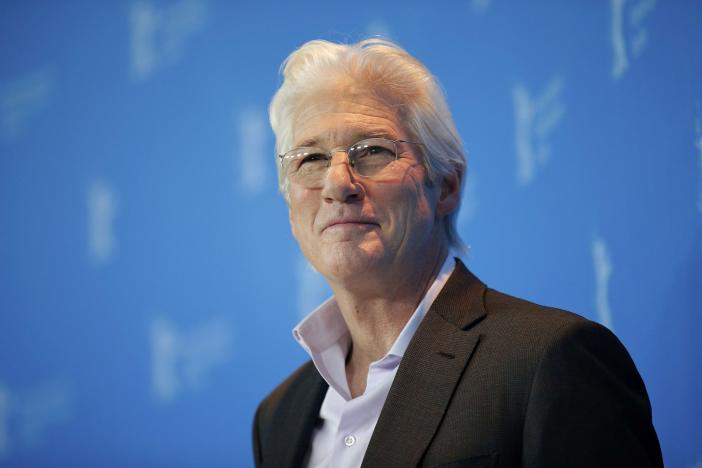
At some point, he made his way across the low range of hills and having crossed the languid Hub River ended up in the well-wooded and watered country where his shrine now sits. The rich orchards of tamarind, mango and jamun had lately been the property of a certain Gokal Seth who had died some years earlier. We do not know if he left behind family and the histories do not reveal how he usurped the property of the seth. However, we thereafter hear nothing of the Gokal family until Mustafa Gokal; the shipping magnate became General Ziaul Haq’s minister for shipping.
Now, we know that any person not in full possession of his/her mental faculties is referred to as saeen log and held in a degree of awe for being nearer to God than the rest of us non-special persons. So, too, they venerated Bilawal. Years after he died, a cult grew. For some peculiar reason, however, it had little to do with Bilawal — now known as Bilawal Shah Noorani — and more with Hazrat Ali (RA), the last of the Rightly Guided caliphs.
In Lahoot valley, a short walk from the shrine, there is another shrine where believers put their foreheads to a mark on the stone. The mark resembles a misshapen human foot. The man minding this store tells you that it is the footprint of Hazrat Ali (RA) as he put one foot down to dismount from his horse. Nearby is a small dent in the rock which is said to be the mark left by a hoof of the caliph’s horse.
The relationship of the caliph’s footprint and that of the horse is so askew that there is no way a human being could have dismounted from the animal. Moreover, the footprint is about 50 centimetres (18 inches) long! When I told the minder that the blessed caliph in question was short-statured, he smugly informed me that in those days, men were giants and so the big print. No other argument was permitted and I was happy that I had been able to measure the so-called footprint.
The good caliph was here about to dismount when he was challenged by the evil deo. He quickly remounted and rode on to deliver this beautiful valley from the demon’s evil clutches.
Further on in this beautiful valley is a spot with thick metal strips drawn across some rocks and secured with padlocks (Made in China!). It is said that Hazrat Ali (RA), having fought with and vanquished the demon, imprisoned him in a cave sealing the opening with rocks and iron.
Not far from this site is a not very deep cave into which believers must crawl on all fours. Inside this limestone cavern, one sees a few stalactites. These, you are informed by the keeper outside, represent the udders of the caliph’s she-camel — the sudden metamorphosis of the horse into a camel is not discussed, so don’t even ask about it.
Until 20 years ago, so it was said in 1983, the udders oozed milk which was panacea. All sorts of incurable diseases were cured by a single draught of this magical fluid. But then, men got greedy, as is their wont, and began to sell the stuff. Miraculously, the udders dried up. I am certain that even today they talk of the drying up ‘20 years ago’.
There were no tales of the miraculous powers of Bilawal Shah Noorani in 1983. I am sure, there are now. But one thing was most intriguing: the evil demon was named; wait for it, Gokal Deo!
And that is how a madman was deified and a decent landlord since he was, I believe, a Hindu, turned into a demon. That, dear readers, is how cults are made.
Published in The Express Tribune, September 1st, 2012.
COMMENTS (10)
Comments are moderated and generally will be posted if they are on-topic and not abusive.
For more information, please see our Comments FAQ

1732271743-0/diddy-(45)1732271743-0-165x106.webp)










wonderful writing sire....
sir your long lost fan still read your columns :)
wonderful-
Dear Sir, I enjoy your columns and read regularly . I wanted to make comment on word " Saeen Log". It seems that in Punjab this is used for people with intellectual disability( aka people with low IQ ) or people who have psychiatric disorder. In Sindhi this is not used for this purpose. Where it is used with the meaning "SIR". People from Punjab some time address Sindhies " saeen log" with same connotation in their mind which is very offensive. People use this word in Sindh with high respect for father, teacher , Mulla , pir or any one out of respect not some one with low IQ. I wrote all this as you were implying that he was called "Saeen" for his mental illness that I doubt. I hope that usage of this word in future should be done keeping sensitivity in mind of other people and culture. By the way I agree with you about everything else . Will wait for your next column Thanks
It is such sheer pleasure to read this gentleman's travel notes. May you journey often.
The writeup reminds me of the wonderful trip that we had to Lahoot, what seem likes, a life-time ago...
This story should be published in Urdu dailies too for wider dissemination.
"blessed caliph in question was short-statured," That is true, but please don't say that.Someone will start calling you blasphemous and you are living in pious land.
So, Chinese manufacturing protects PAK from the Hindu demon.
This seeming levity also betokens much melancholy. A lovely piece of writing!